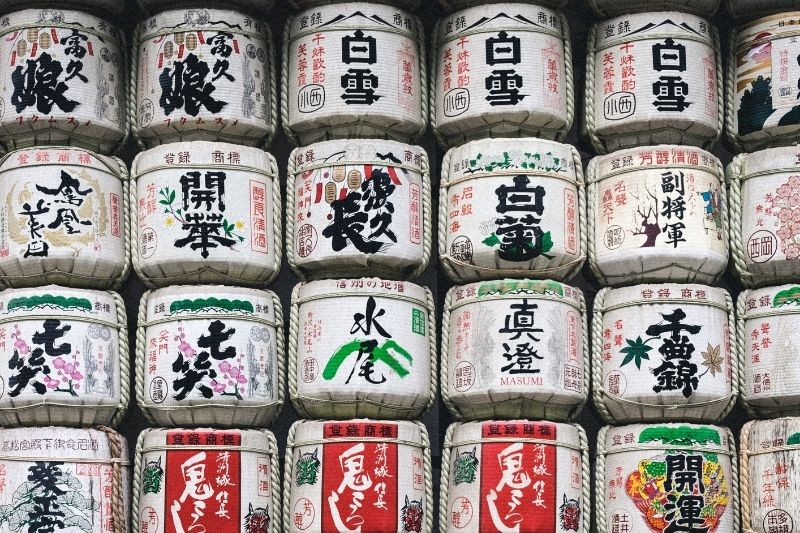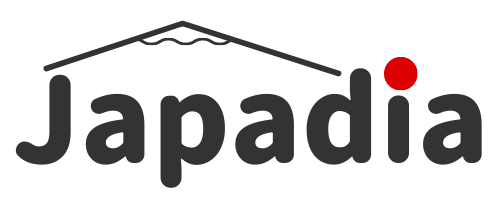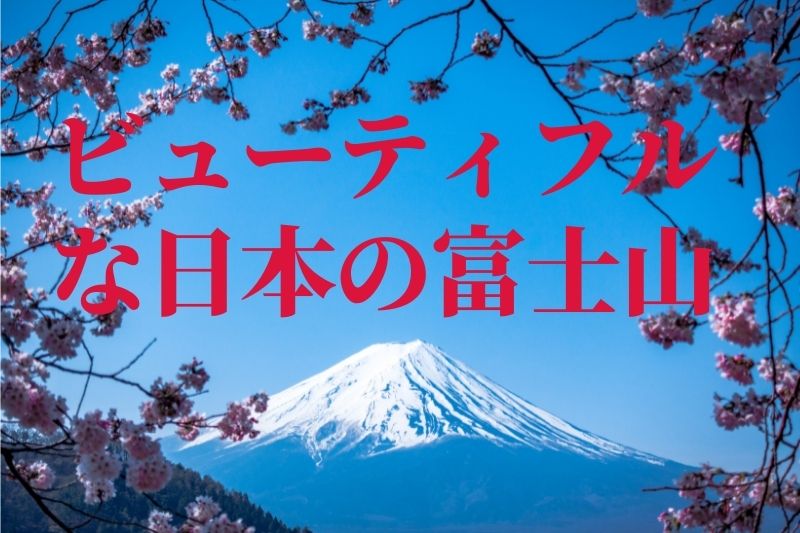5 Questions about Japanese alphabet
- Why are there three types of script in Japanese?
- Why are hiragana/katakana all different in shape?
- How and when to use hiragana/katakana?
- How many kanji are used in Japan?
- How many kanji should Japanese learners learn?
One of the unique feature of Japanese language is its writing system.
There are three types of script in Japanese: hiragana, katakana, and kanji or Chinese characters.
These three types of script are mixed to use in words and sentences.
You might wonder why Japanese people are using such a complex writing system.
To answer these questions, let me tell you about overview of Japanese hiragana, katakana and kanji.
Contents
Why are there three types of script in Japanese?

- First, there were only kanji
- Simplified kanji started to be used among ordinary people
- Simplified kanji represented only sounds
- Simplified kanji developed into hiragana and katakana
Japan has a long history, so does Japanese writing system.
First, there were only kanji in Japanese writing.
Kanji were imported into Japan from China around 5th century.
Since then, Kanji have been used to write official documents.
However, as kanji were too hard to learn for ordinary people, simplified version started to be used among people.
The simplified kanji were phonetic, representing only sounds. They gradually developed into hiragana and katakana.
Why are hiragana/katakana all different in shape?
- There are 46 basic sounds in Japanese
- Hiragana/katakana is corresponding to these 46 sounds.
- Hiragana/katakana are borrowing sounds from original kanji
There are 46 basic sounds in Japanese and Japanese ancestors chose a kanji for each sound.
As a result, 46 sounds has different shapes.
For example, あ originated from 安 that was pronounced “a”.
How and when to use hiragana/katakana?
- Hiragana: particles and ending to verbs and adjectives in kanji
- katakana: loan words like foreign names, countries and foreign ideas
Hiragana are mainly used for particles and ending to verbs and adjectives in kanji or okurigana.
Katakana are used to write loan words like foreign names, countries and foreign ideas.
For example, chocolate is written like チョコレート in katakana.
How many kanji are used in Japan?

- Commonly used kanji stipulated by Agency of Cultural Affairs: 2136 kanji
- The total number of kanji : approximately 50,000 ~ 100,000 kanji
The number of kanji that are recommended to use in public documents by Agency of Cultural Affairs is about 2136.
However, the total number of kanji that are used is said to be from 50000 to 10000.
How many kanji should Japanese learners learn?
According to the former certification criteria of Japanese Language Proficiency Test or JPLT, the number of kanji that Japanese leaners should learn in each level is as below.
| Former N1 (B2-C1) | about 2000 kanji |
| Former N2 (B2) | about 1000 kanji |
| Former N3 (B1) | about 300 kanji |
| Former N4 (A1-A2) | about 100 kanji |
Learn more about Japanese
There are more secrets and tips about Japanese writing. If you want to learn more, you can find teachers here.

